Sunflower at the eclipse
Extraits

Anglais apprentissage
Acacia thorn in my heart
09/2001

Philosophie
Issues in the Philosophy of Language Past and Present
11/1999

Anglais apprentissage
Commercially speaking. Workbook
01/1999
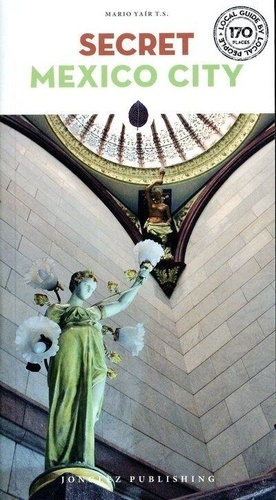
Mexique
Secret Mexico City
02/2024

Droit
Activation Policies for the Unemployed, the Right to Work and the Duty to Work
06/1987
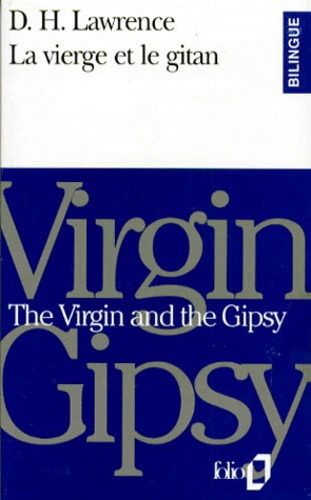
Anglais apprentissage
LA VIERGE ET LE GITAN : THE VIRGIN AND THE GIPSY
02/1993
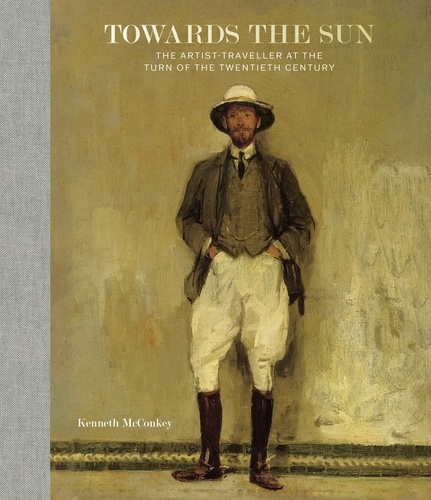
Monographies
Towards the Sun. The Artist - Traveller at the Turn of the Twentieth Century
11/2021

Anglais apprentissage
Tales from Longpuddle
07/2010
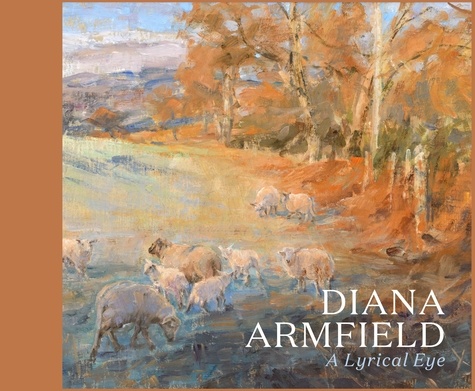
Monographies
Diana Armfield. A Lyrical Eye
06/2021
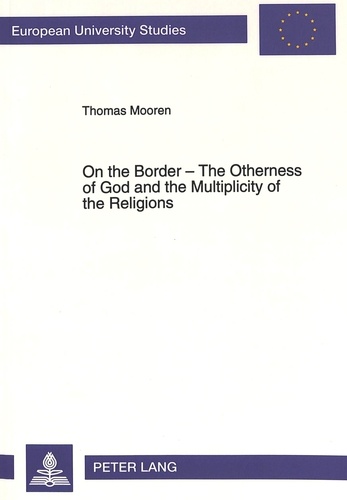
Histoire internationale
On the Border - The Otherness of God and the Multiplicity of the Religions
01/1994
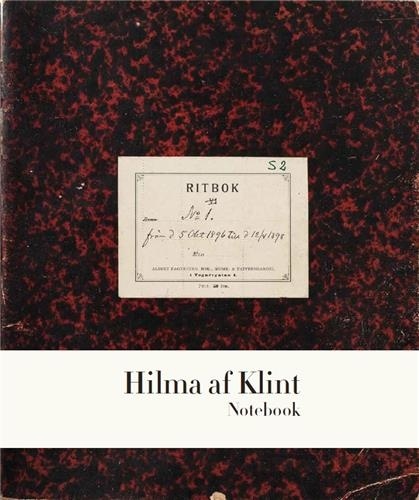
Monographies
Hilma af Klint. The Five Notebook 1
01/2022

Histoire et Philosophiesophie
Thinking about Physics
01/2000
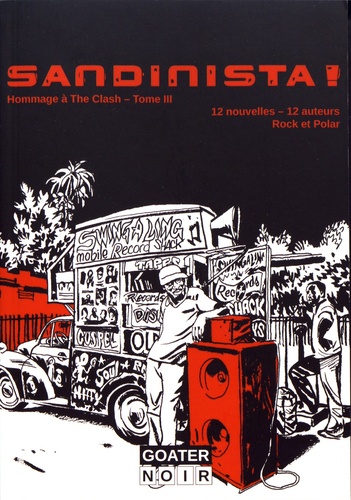
Policiers
Sandinista. Tome 3
11/2017

BD tout public
I am GooGol - The Great Invasion
12/2010

Beaux arts
Italian Maiolica and Other Early Modern Ceramics in the Courtauld Gallery
03/2023
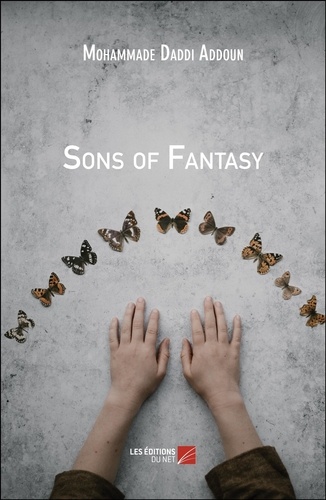
Littérature française
Sons of Fantasy
08/2018

Développement durable-Ecologie
Native Land, Stop Eject. Edition en anglais
05/2010

Non classé
Brides on Sale
04/2015
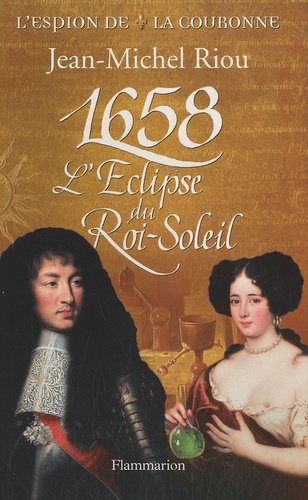
Romans historiques
1658. L'Eclipse du Roi-Soleil
03/2010
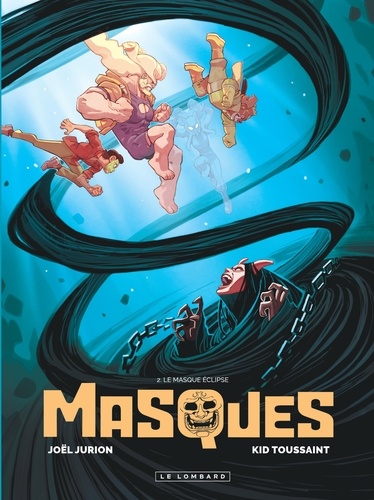
Science-fiction, heroic fantas
Masques Tome 2 : Le masque éclipse
09/2023
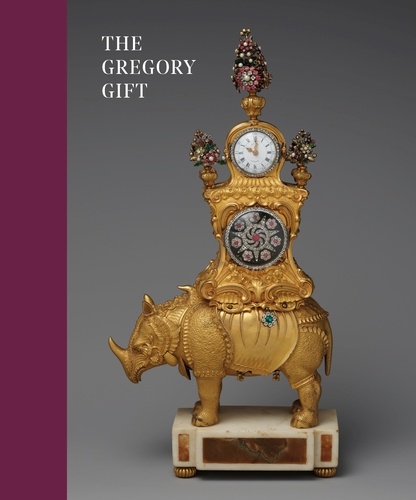
Monographies
The Gregory Gift
02/2023
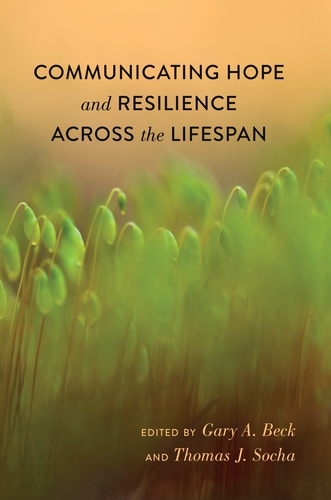
Sociologie
Communicating Hope and Resilience Across the Lifespan
03/2015
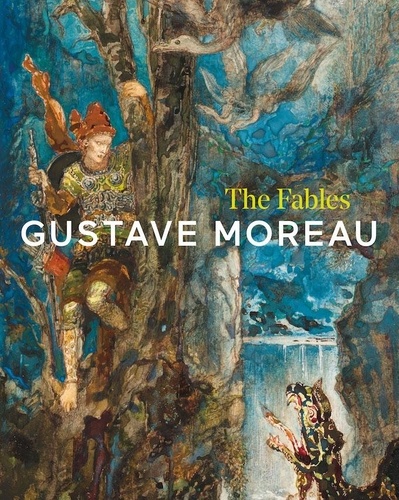
Monographies
Gustave Moreau. The Fables
08/2021
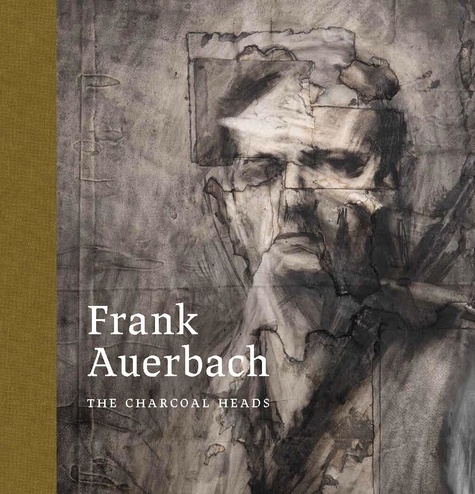
Mouvements artistiques
Frank Auerbach. The Charcoal Heads
03/2024
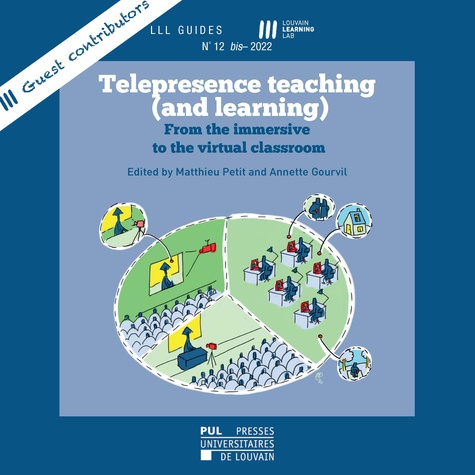
Sociologie
Cahiers du LLL n° 12 bis – Telepresence teaching (and learning). From the immersive to the virtual classroom
06/2022
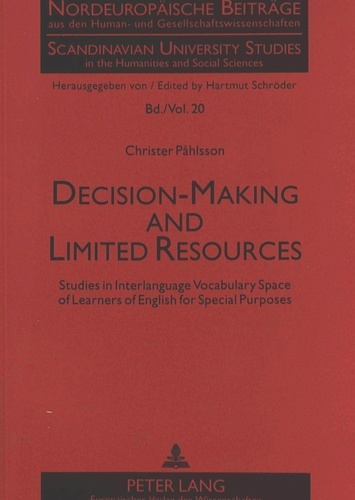
Non classé
Decision-Making and Limited Resources
11/1999
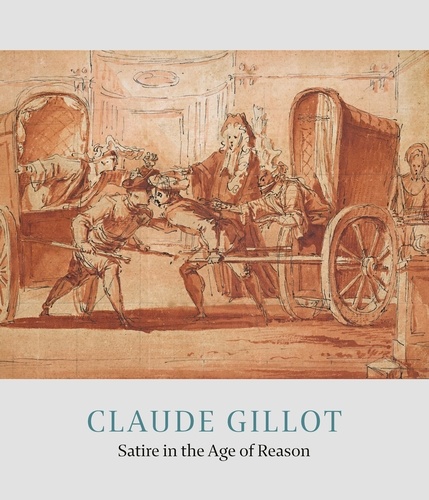
Monographies
Claude Gillot. Satire in the Age of Reason
03/2023
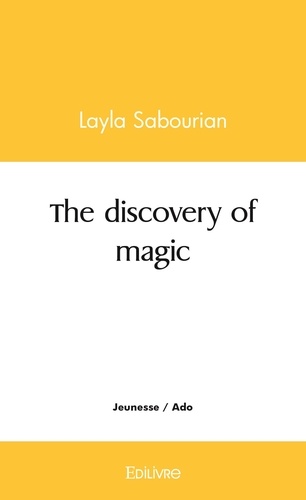
Livres 0-3 ans
The discovery of magic
09/2021

Mouvements artistiques
Look Close, Think Far. Art at the Ackland
08/2022

Littérature française
Le Cabinet à éclipses
02/1990
